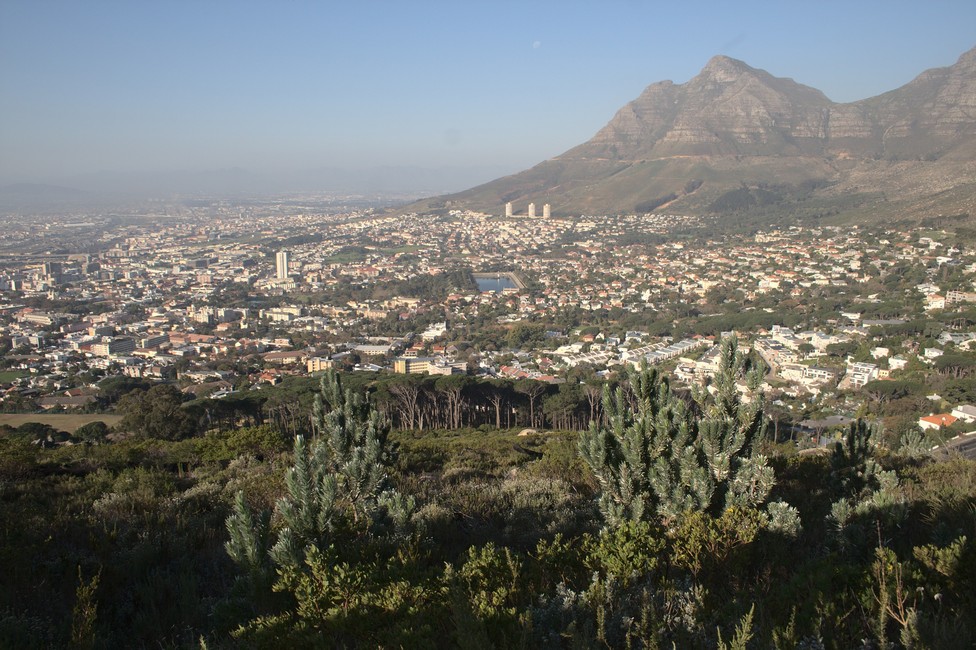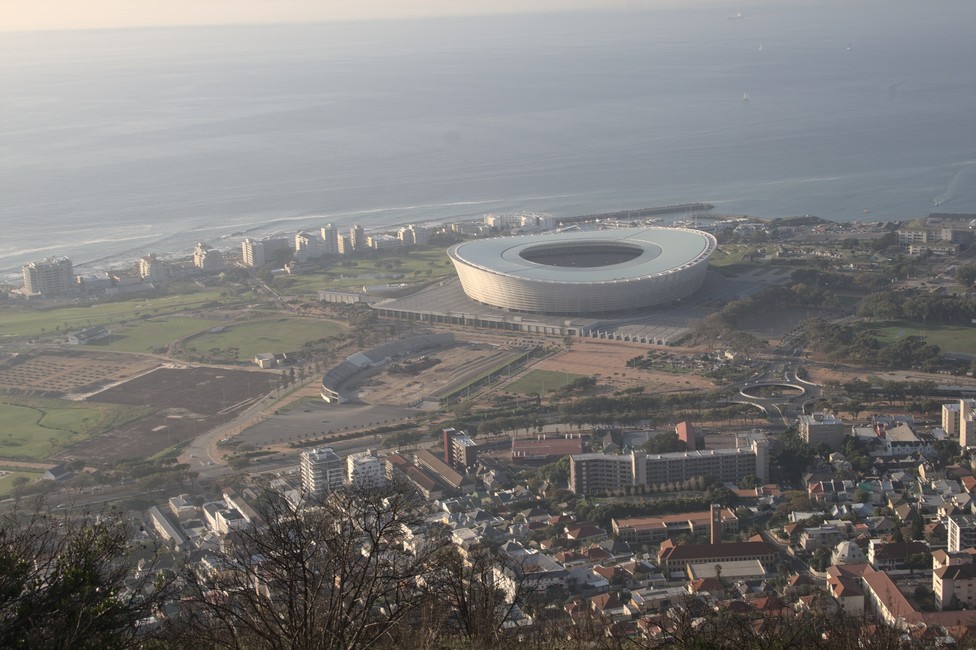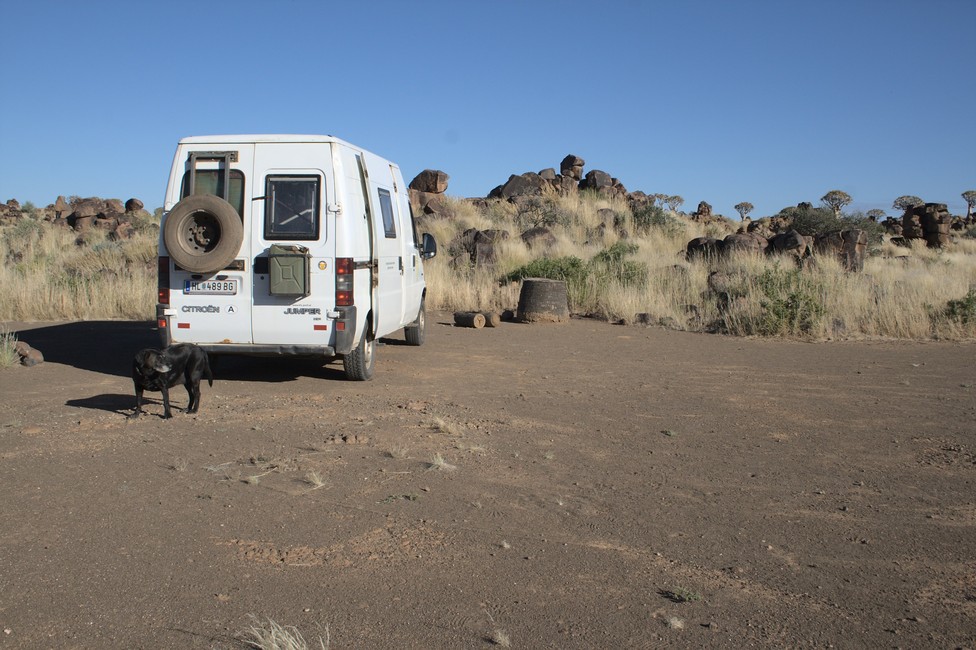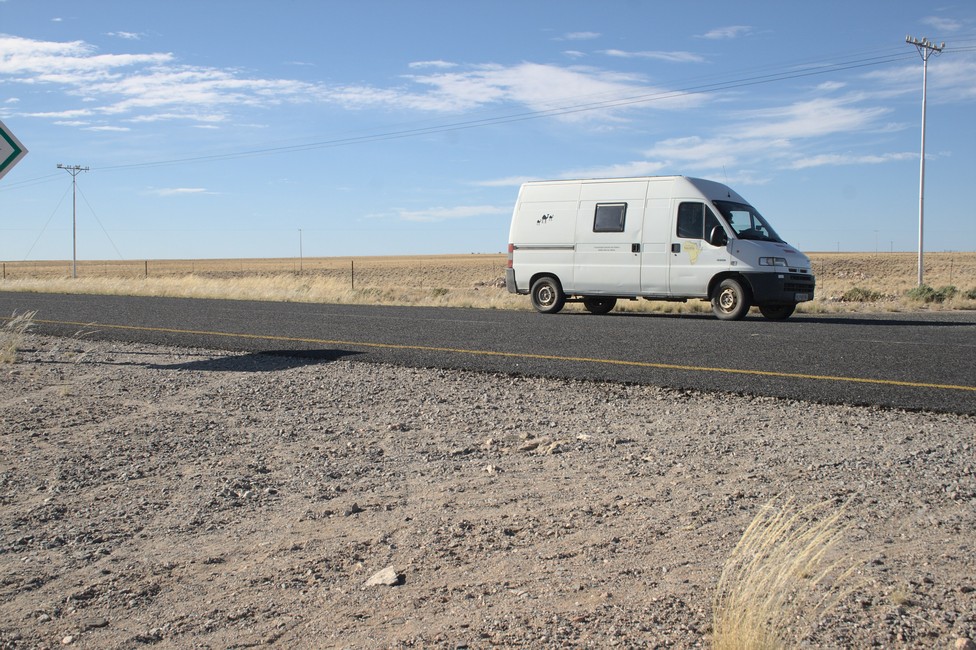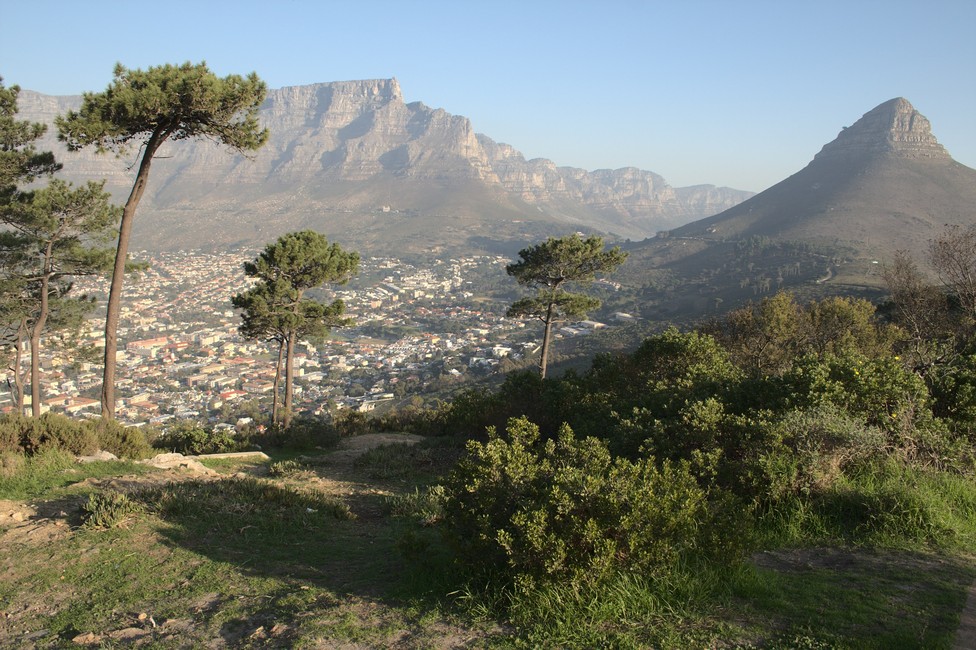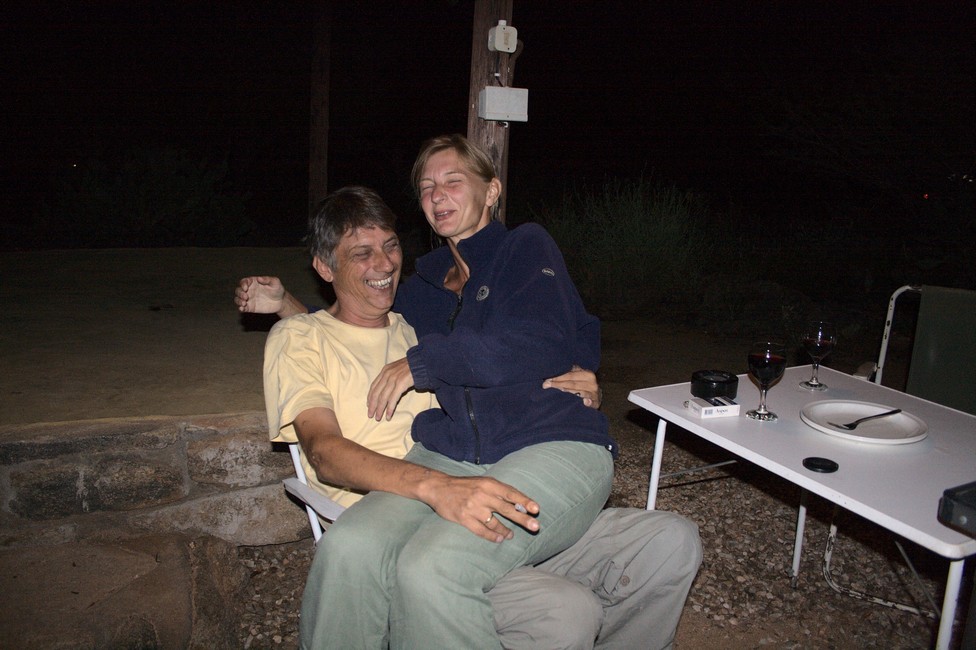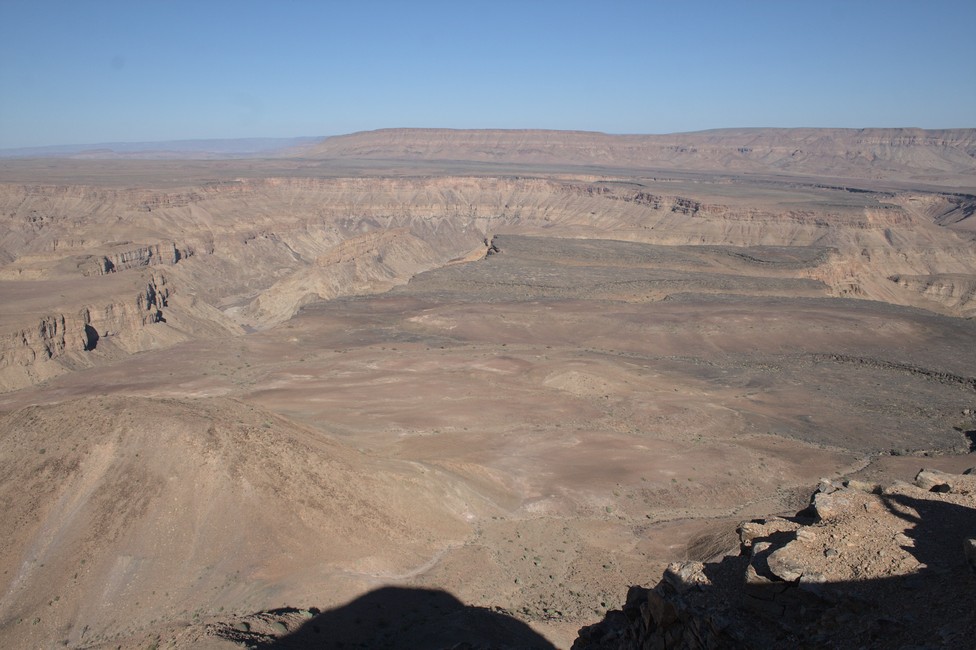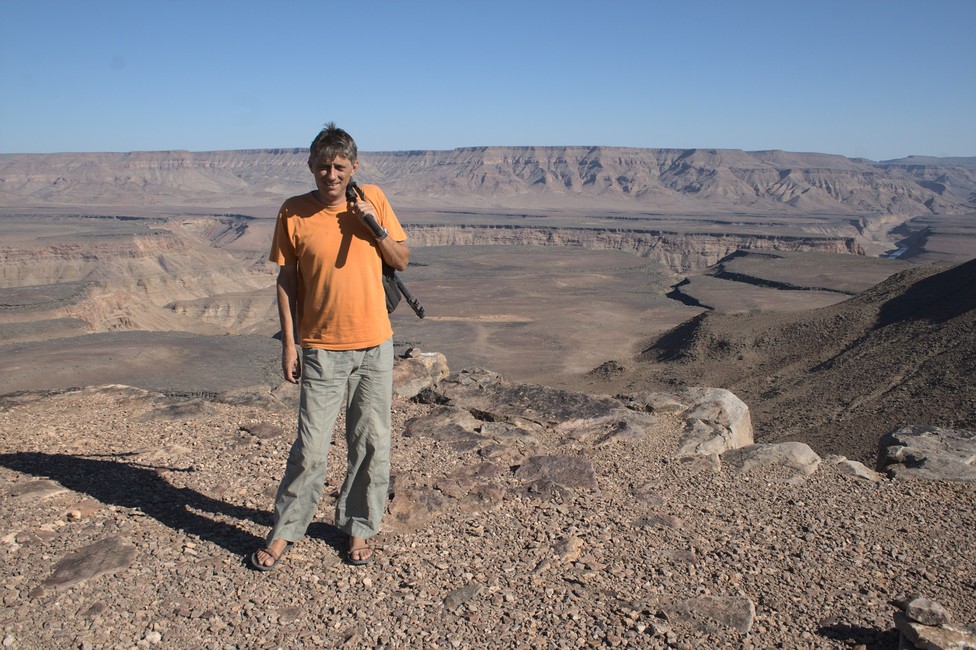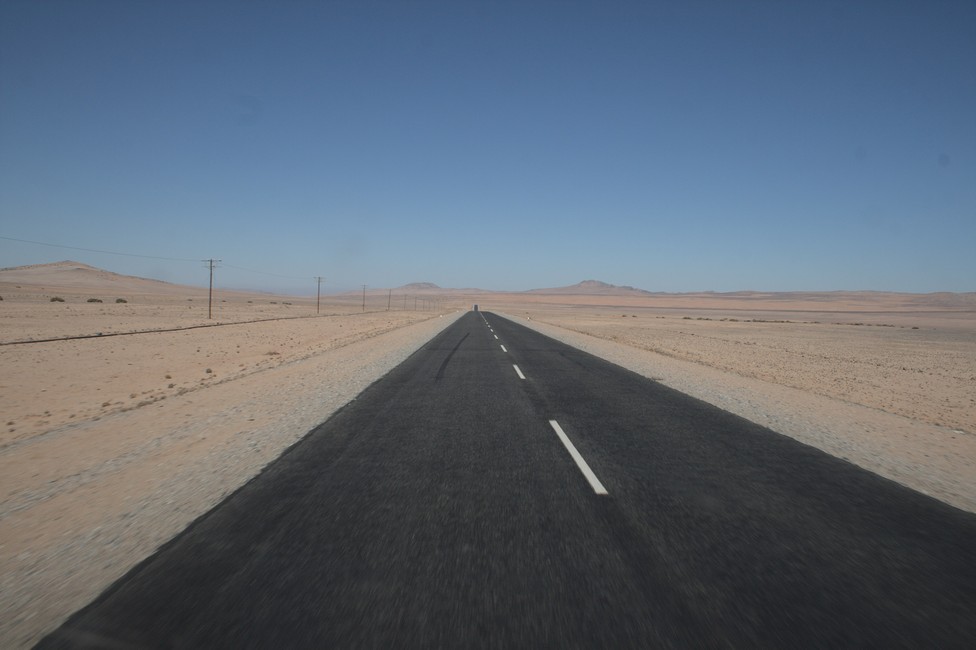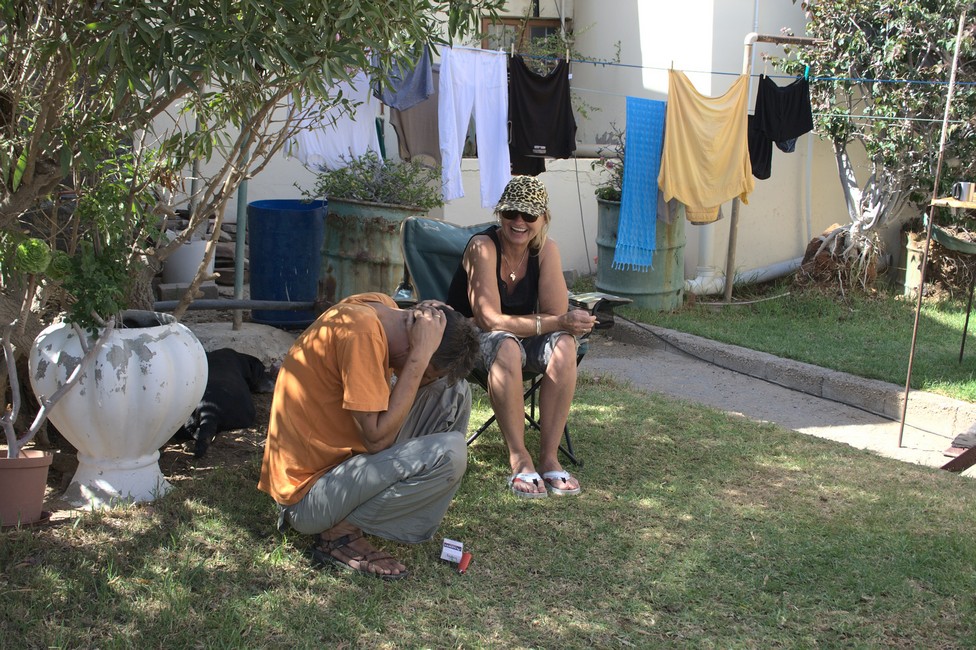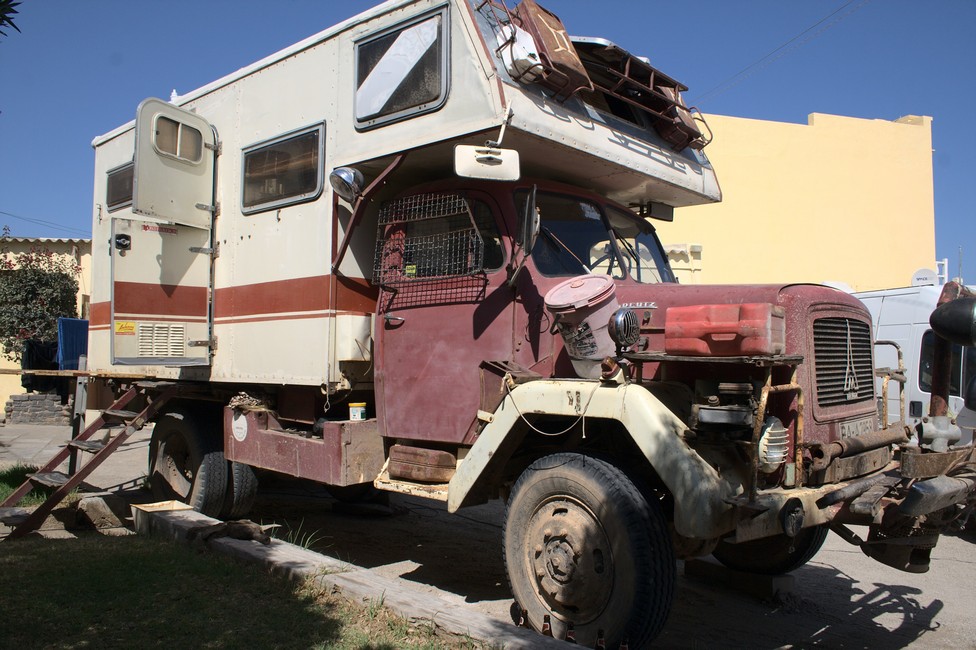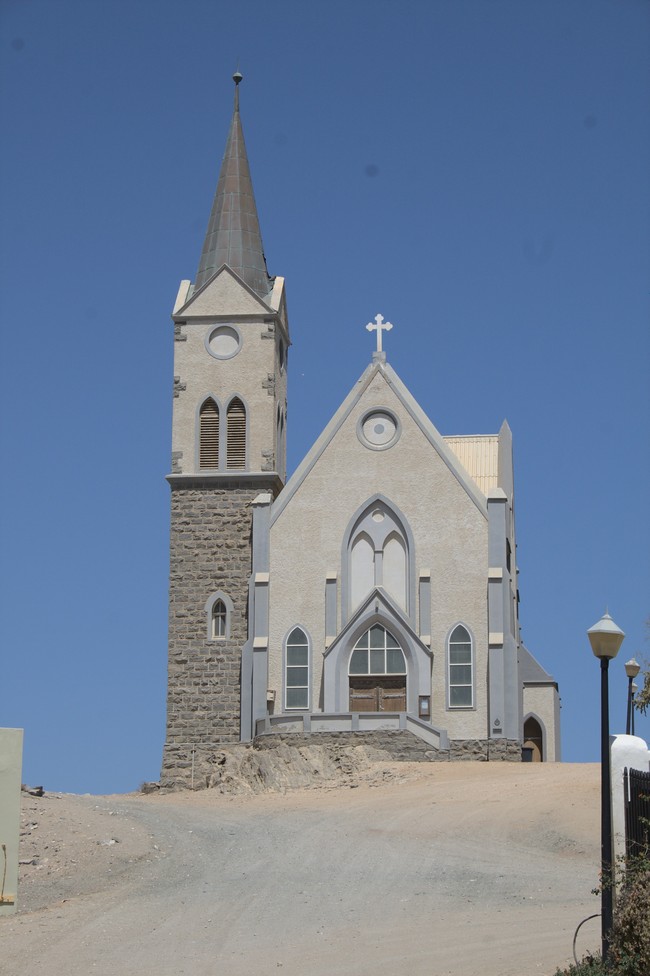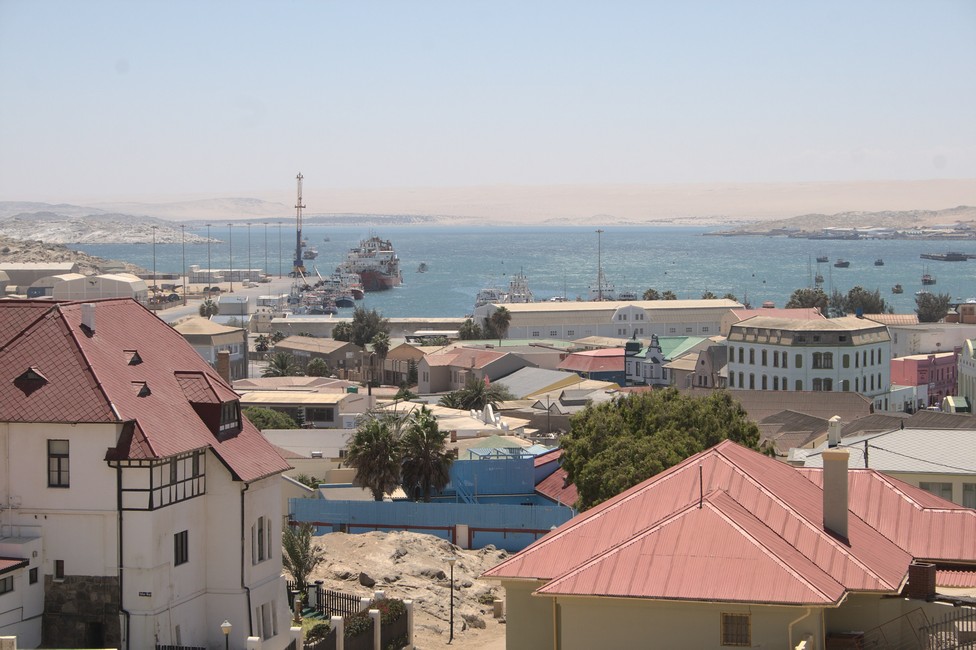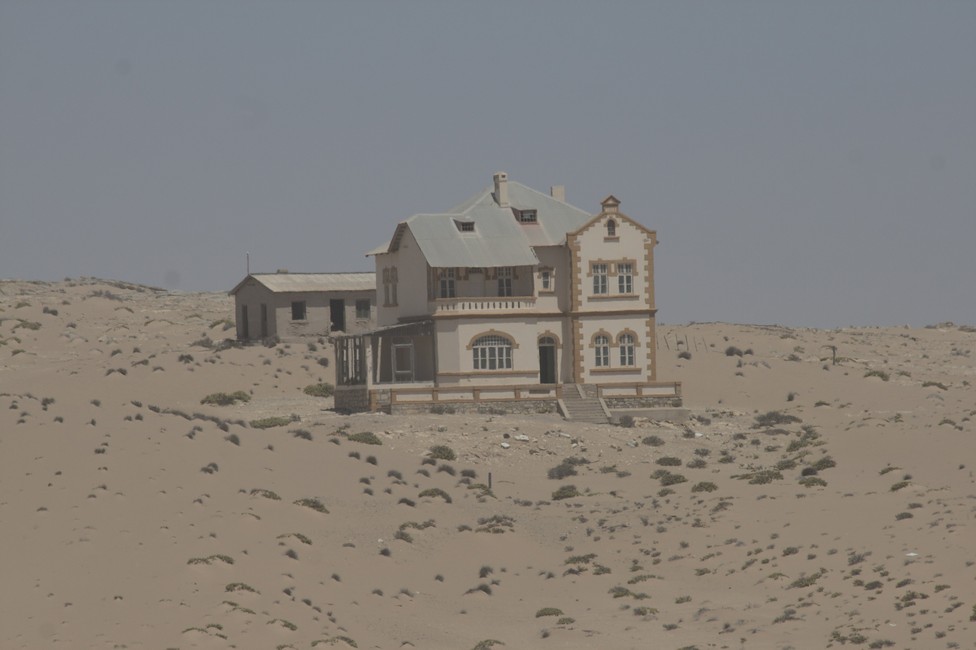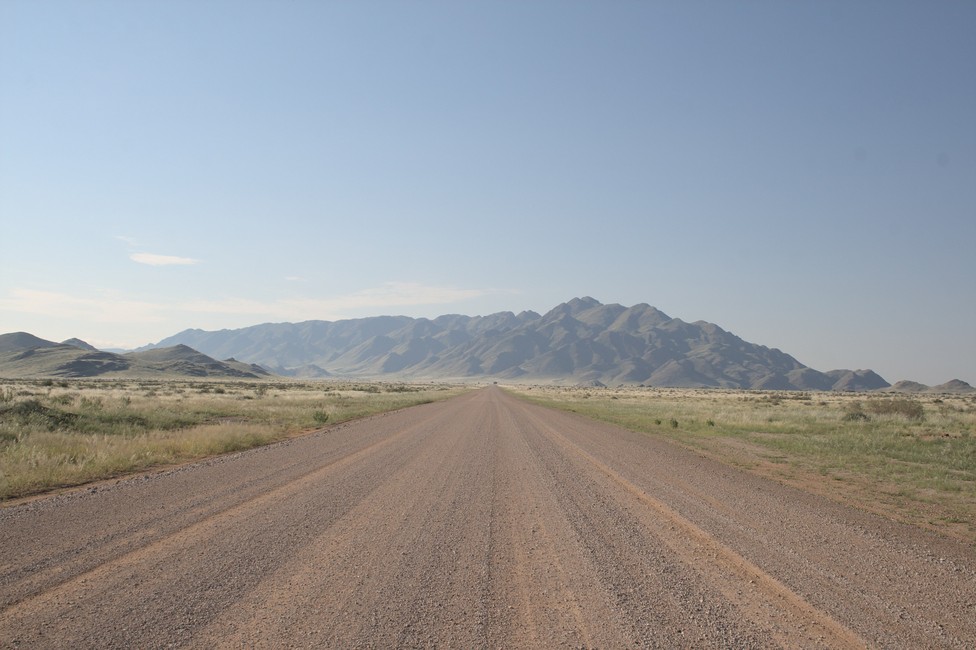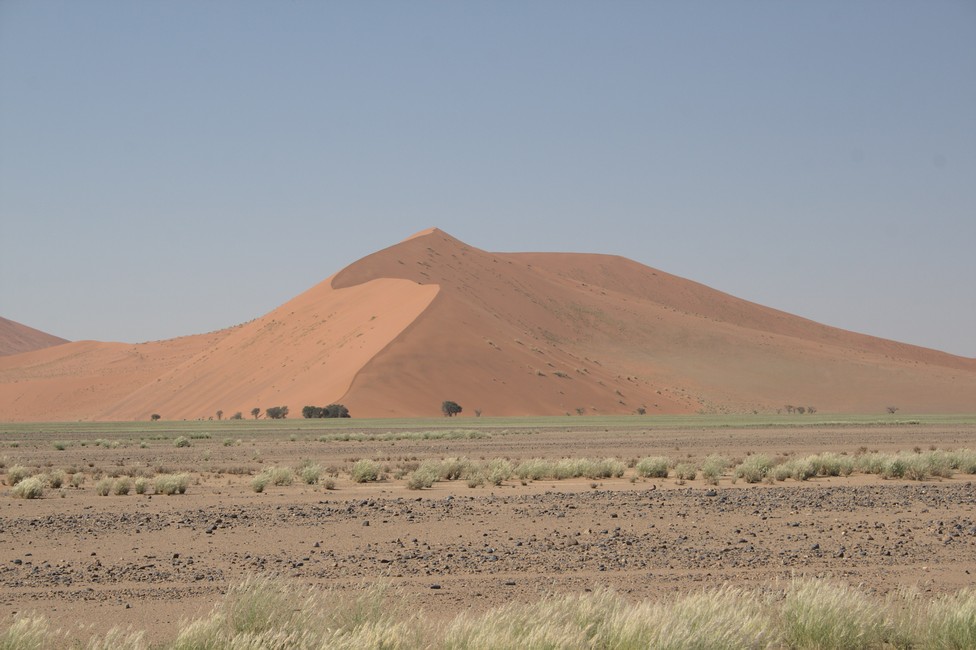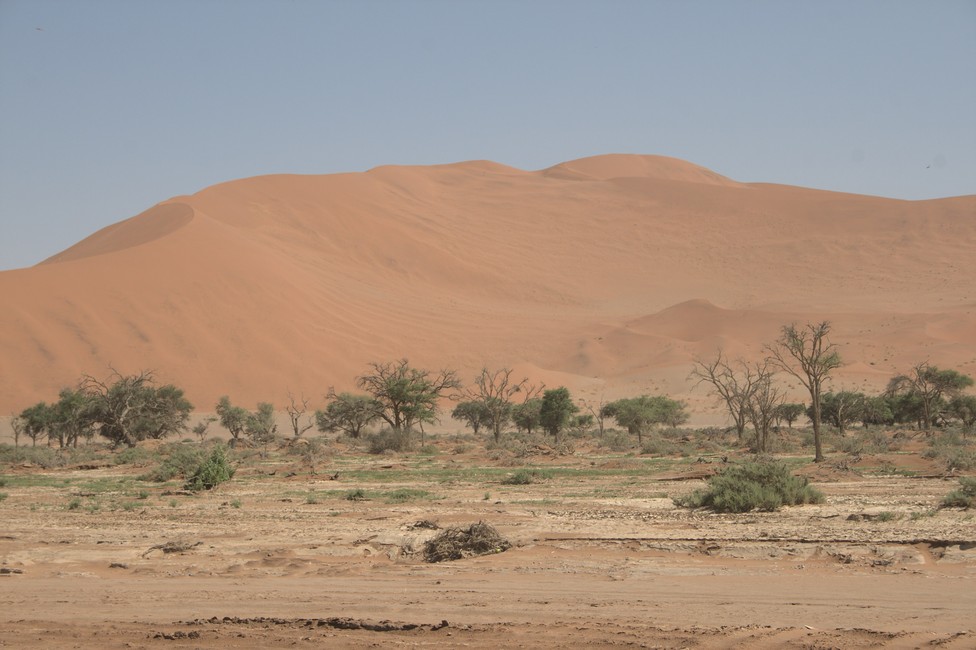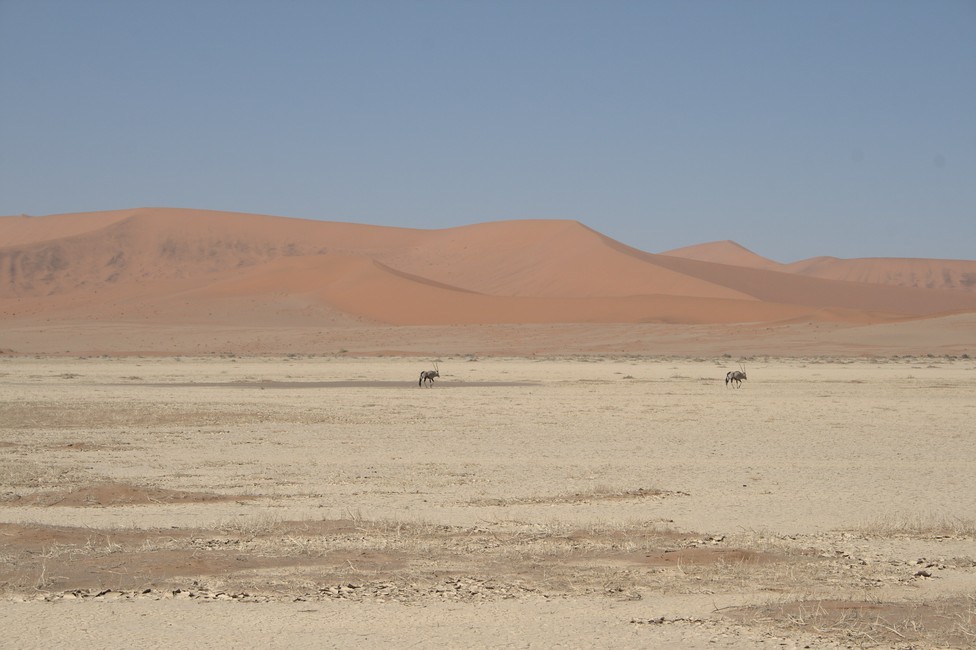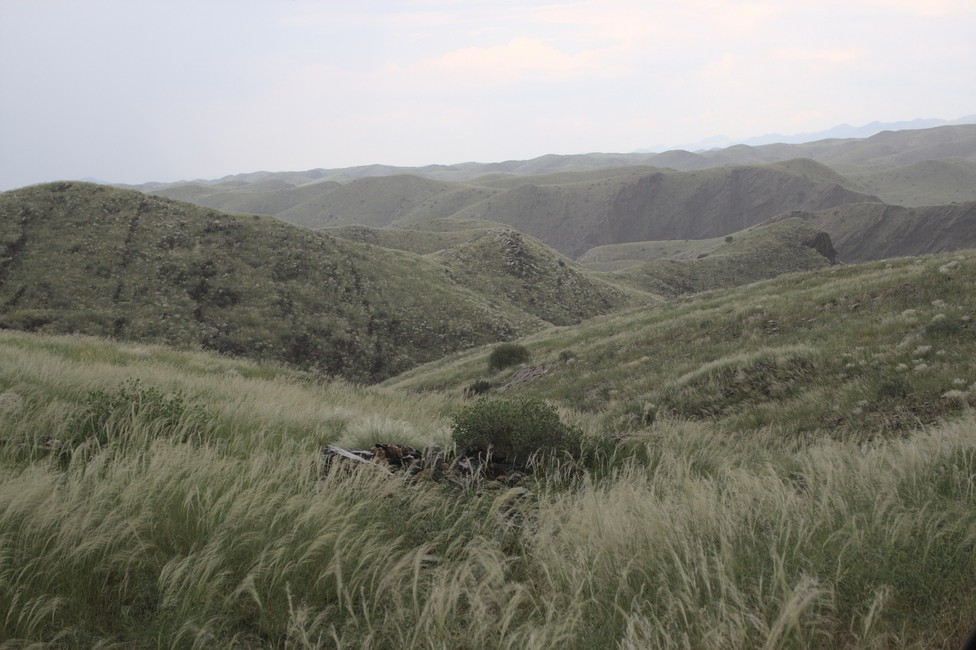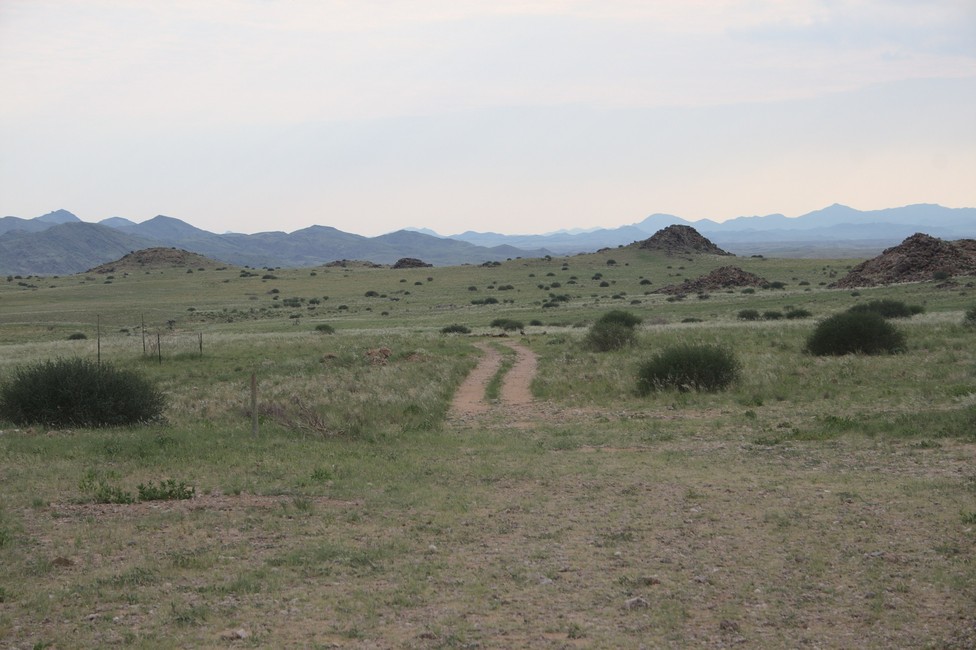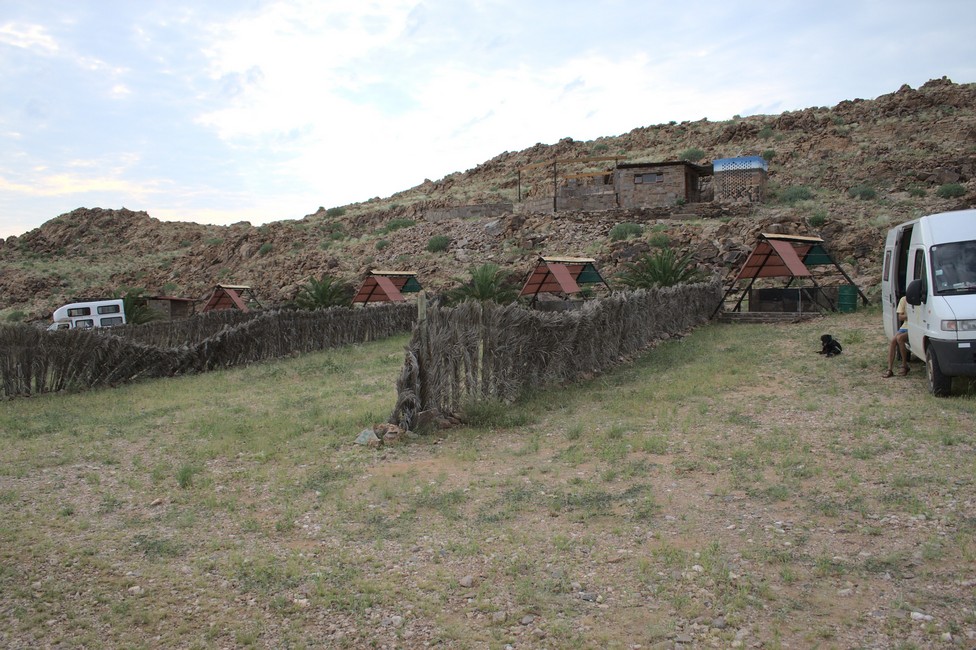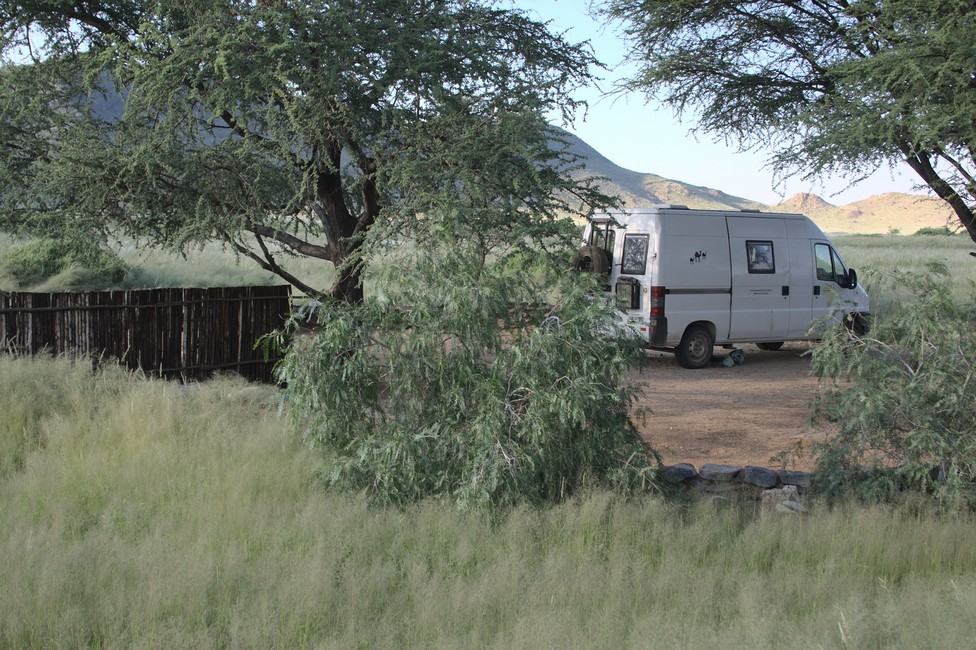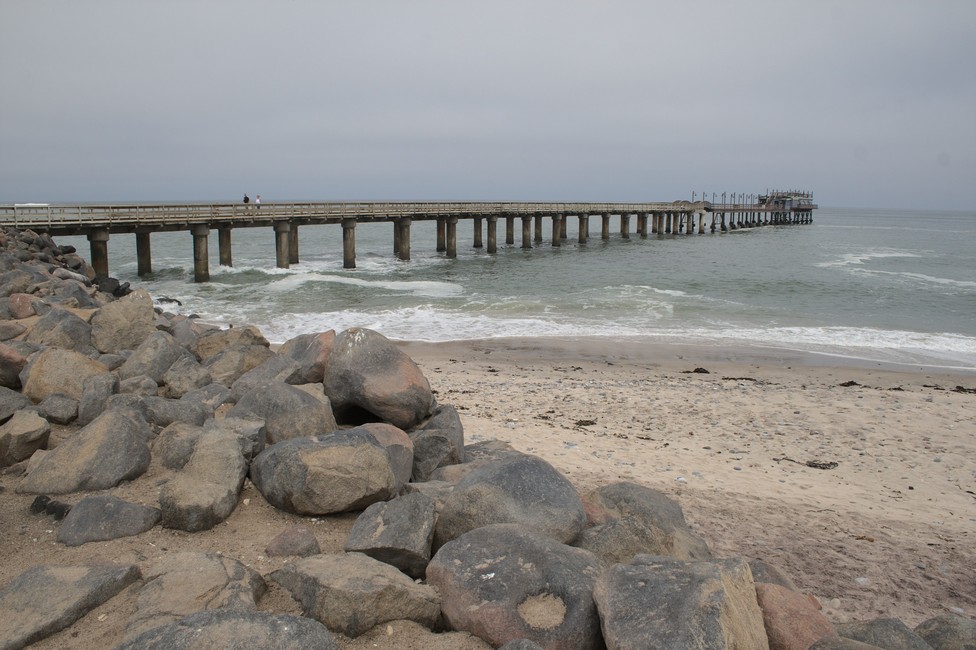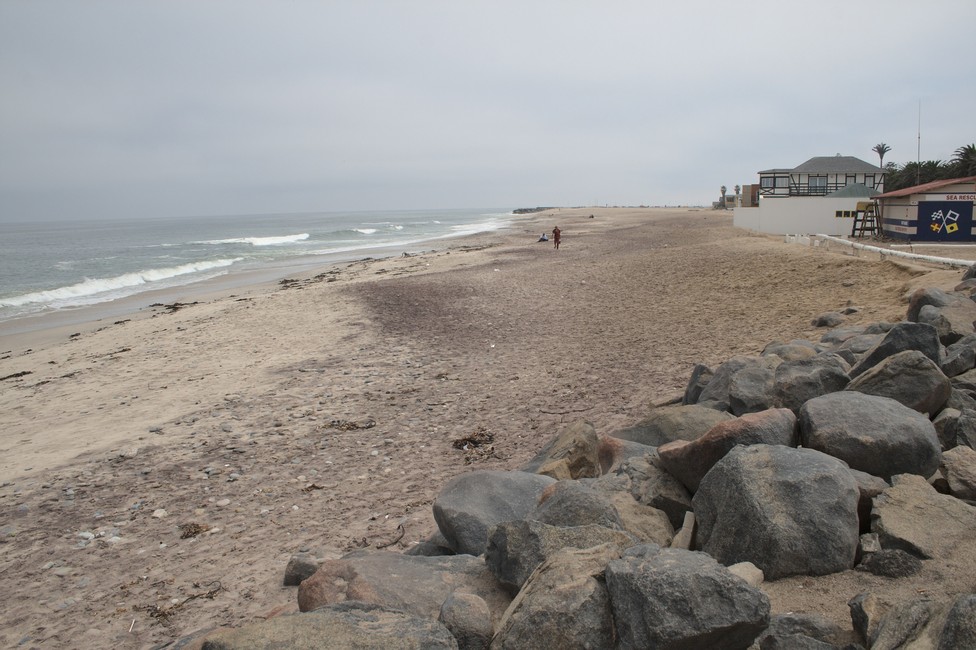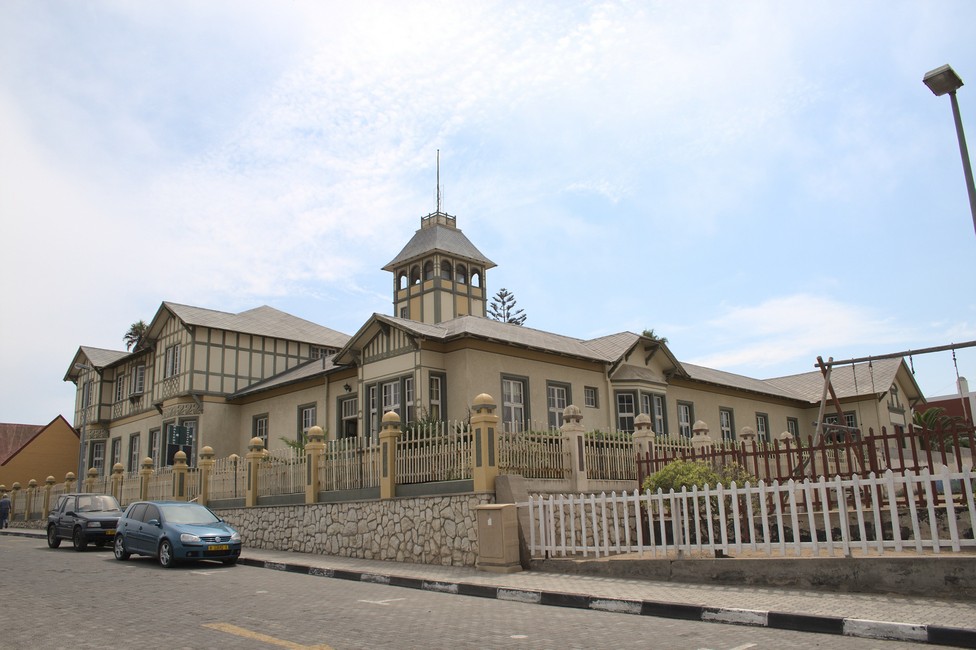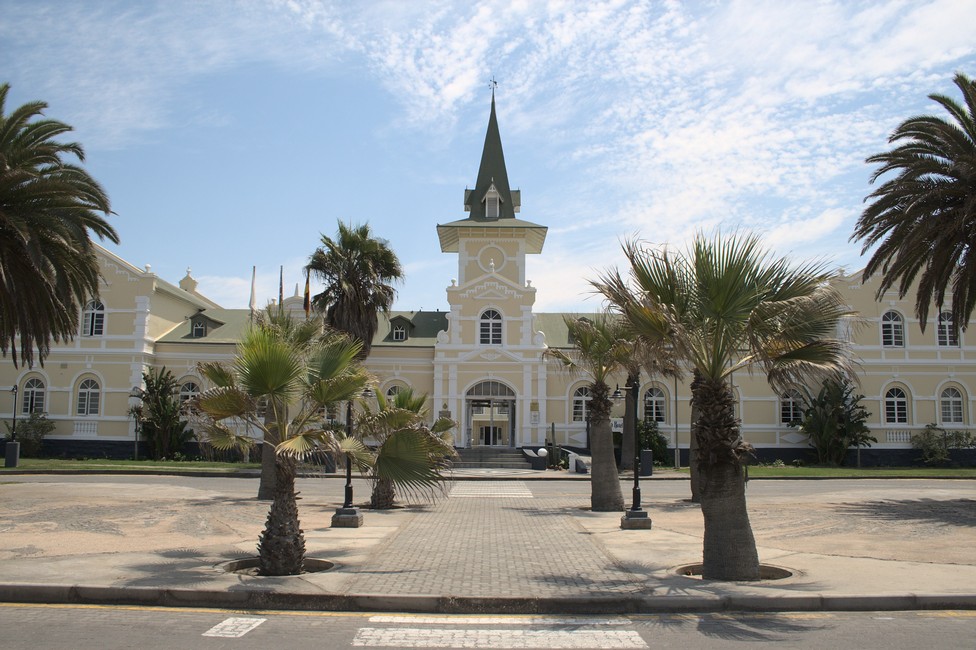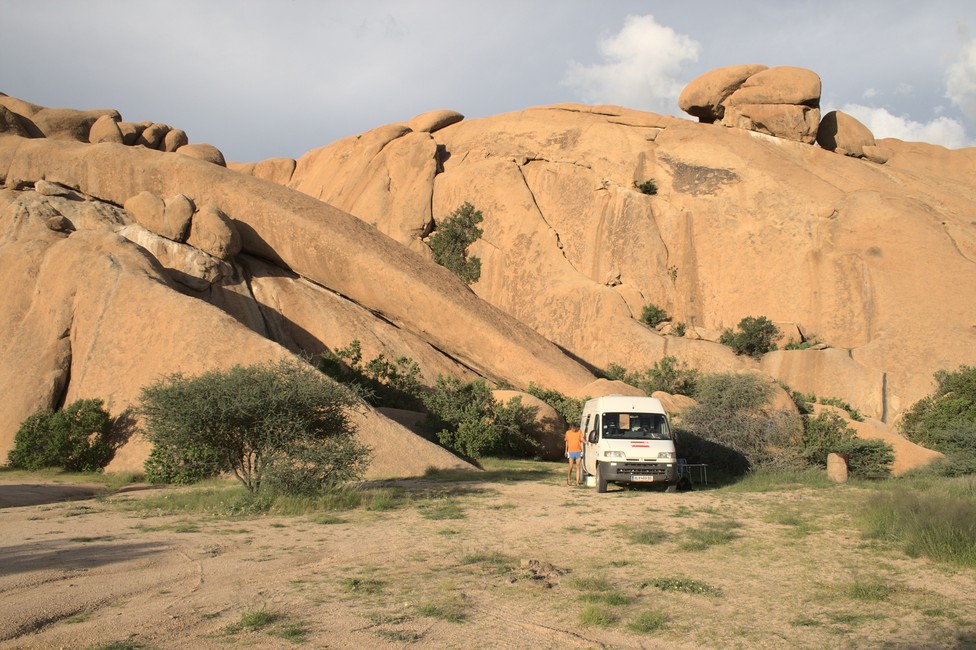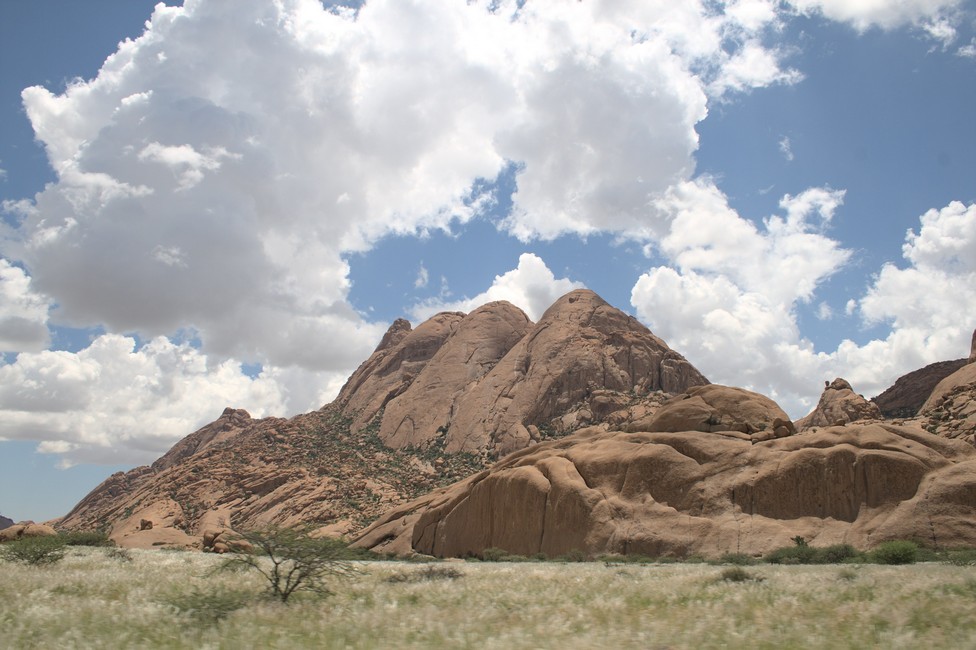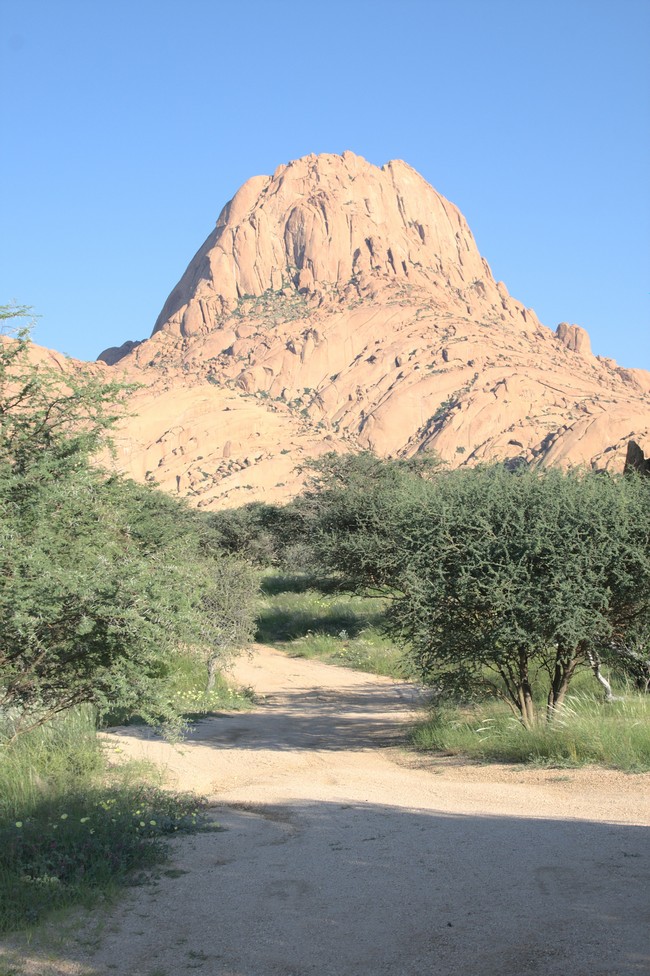When started our journey we were in a group of other travellers with the same goal to cross Africa. One of these couples were Guido and Heidi from Germany. They were travelling in a VW T4 camper van and shipped back from South Africa to Germany in 2010. In Germany they changed car to an IVECO truck and shipped back to South Africa. Now we met them and had lots of things to tell as we did not go together as they had left us behind alread in Tunisia. We were exchanging experiences on our trip and had much fun.
We had to make a decision what we would do. We went to Citroen to ask what it would cost to repair the camper van. As Citroen is not very common in South Africa all the parts needed had to be imported so we would end up with 2500 Euros repair and a car that is not really suited for Africa. Also we had to think of our living and what we can do to earn money while on our trip. So we decided to work over the internet and had to stock up our techniques like hard drives and much more.
For the car the decision was made. We tried to get an old Land Rover as these are much more suited for Africa and the old modells are easy to maintain and to repair and parts are still available in Africa.
After having seen several Land Rovers we decided for the one sold by a guy called Warren, and for 23000 Rand the vehicles owner ship was changed on 11th of May 2011.
At Roverland Inc the owner Martin was a close friend of Joachim and Tina and had a look at the vehicle and gave advice of what we should change at the vehicle.
In the evening we made a trip with Guido and Heidi to the seaside in Cape Town on a parking lot, had some Pizza and stayed there overnight. Wild camping in Cape Town.
Next: Our Land Rover 109
